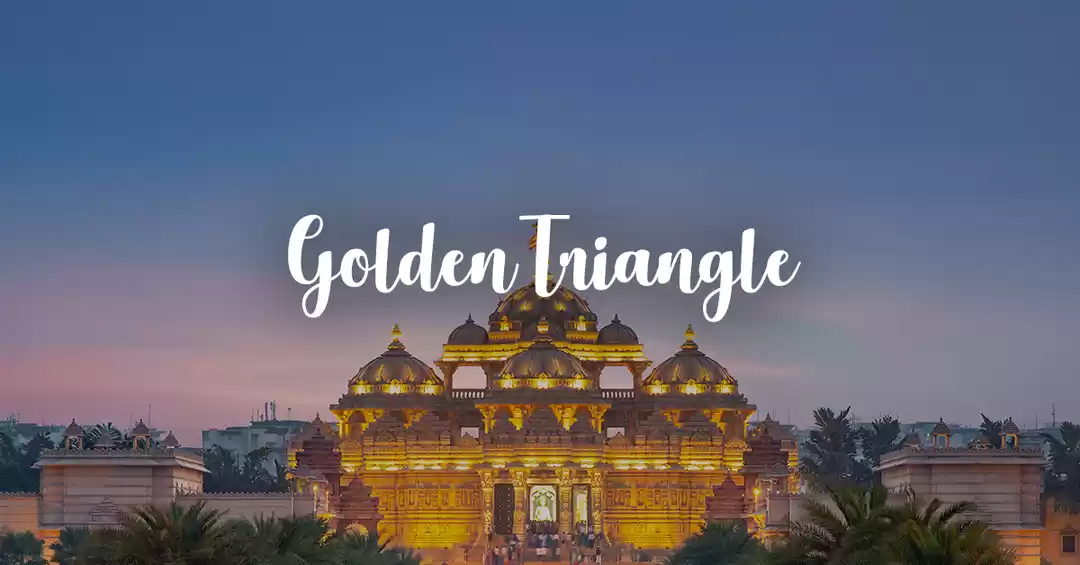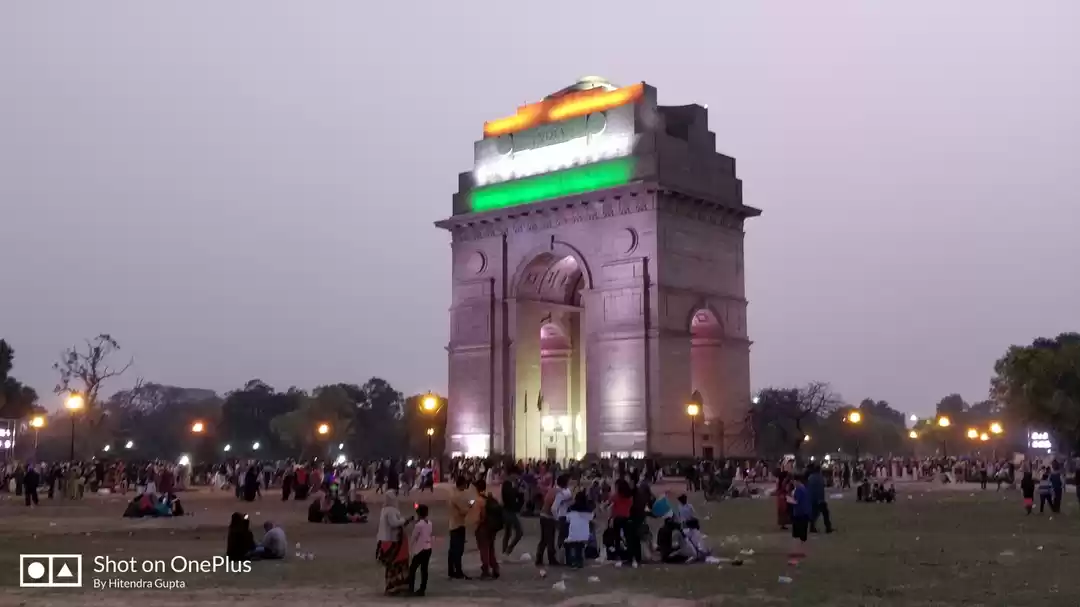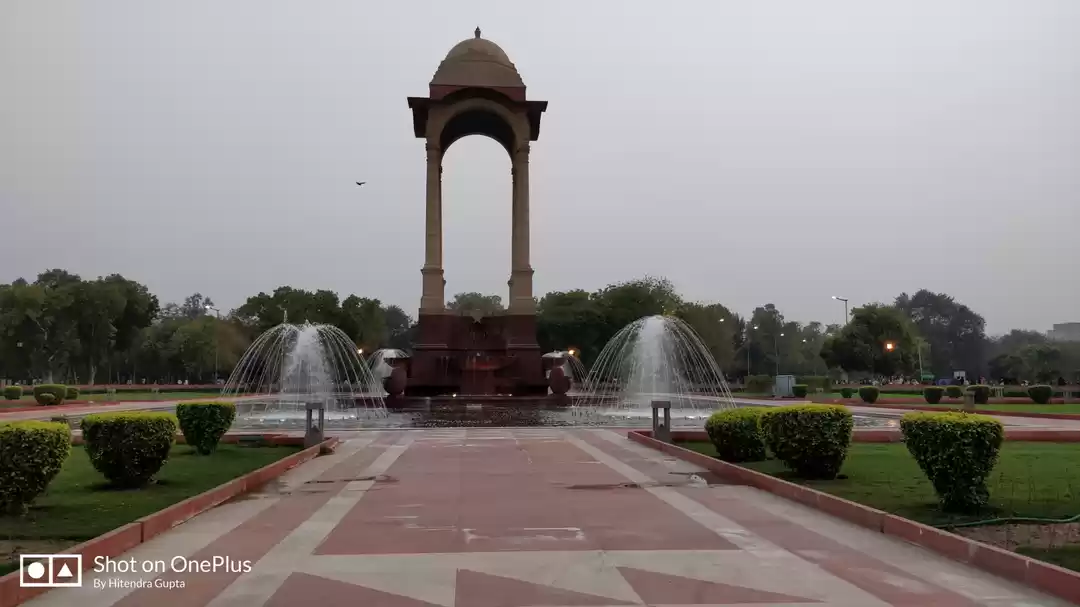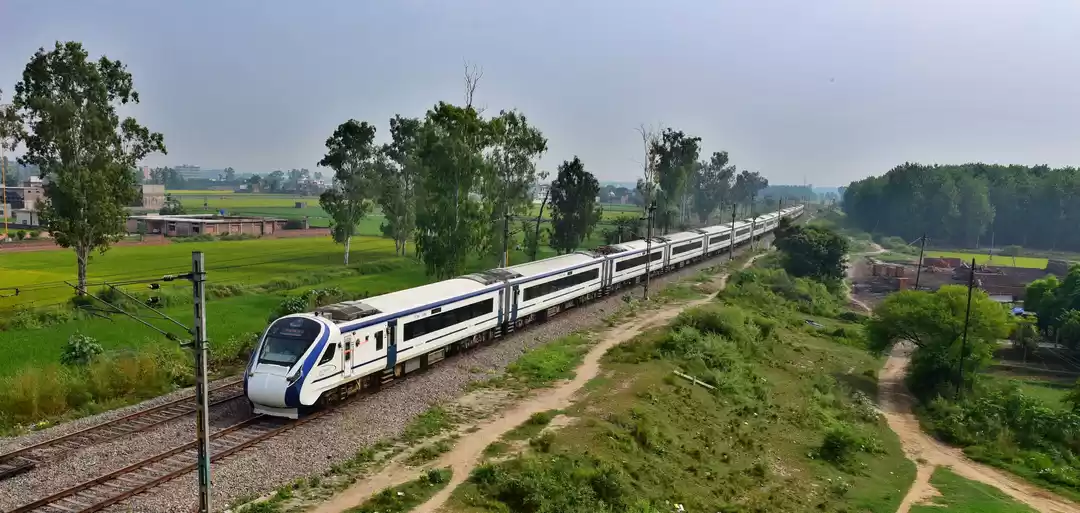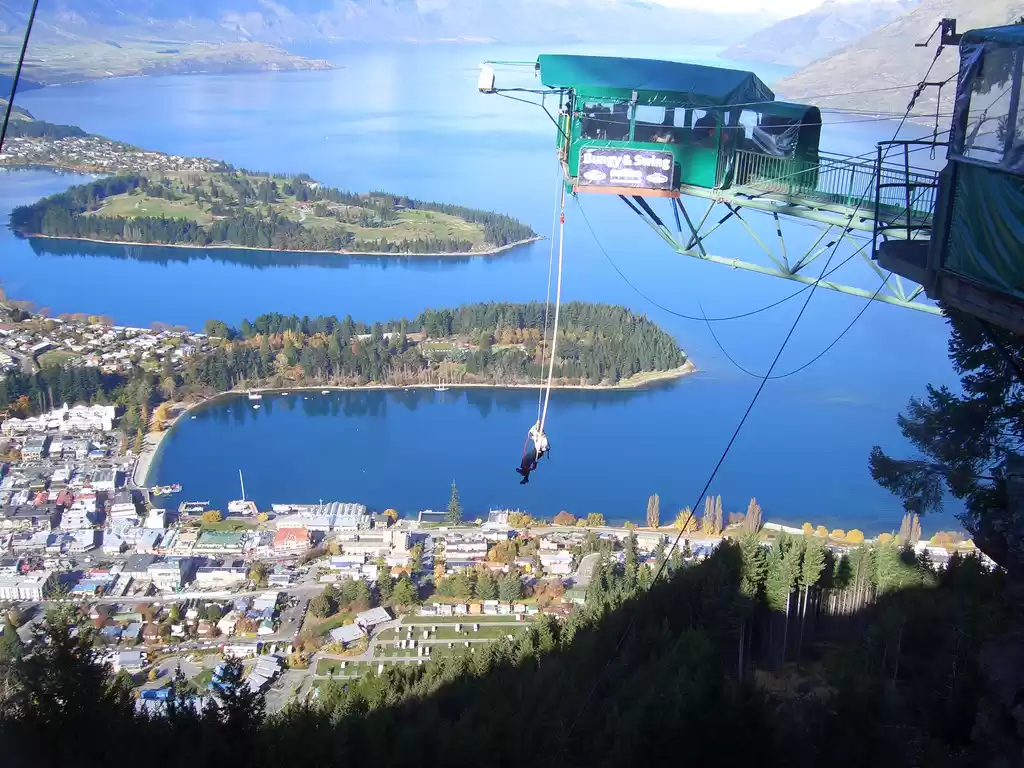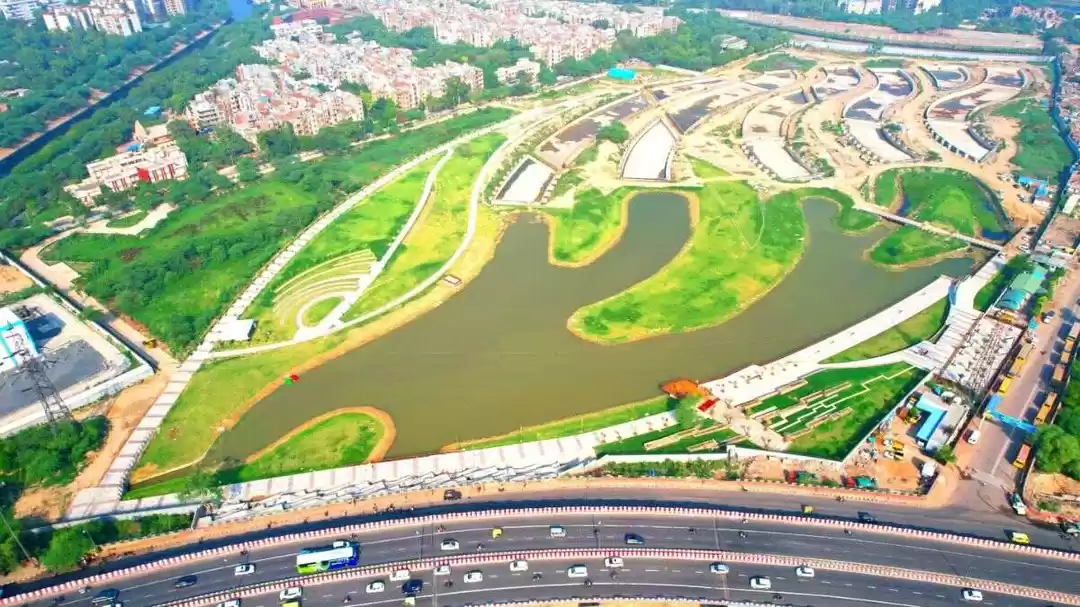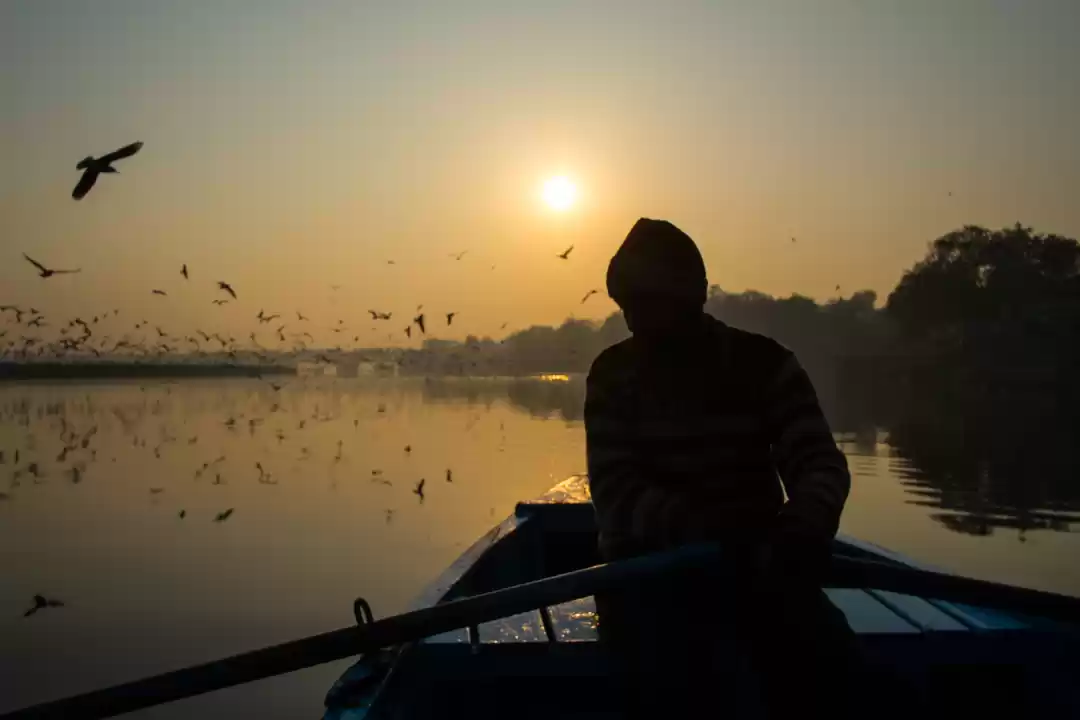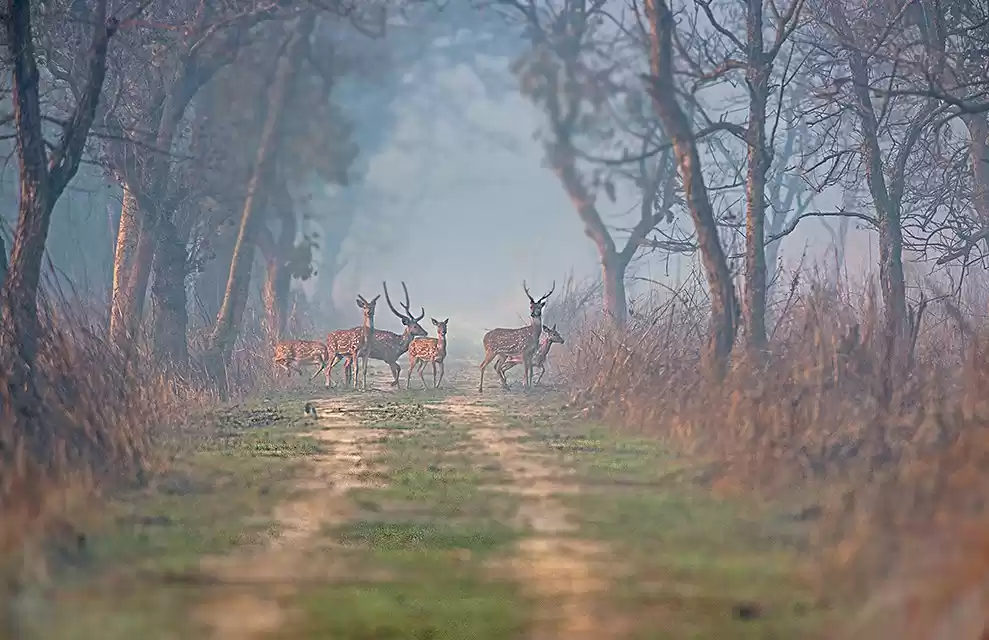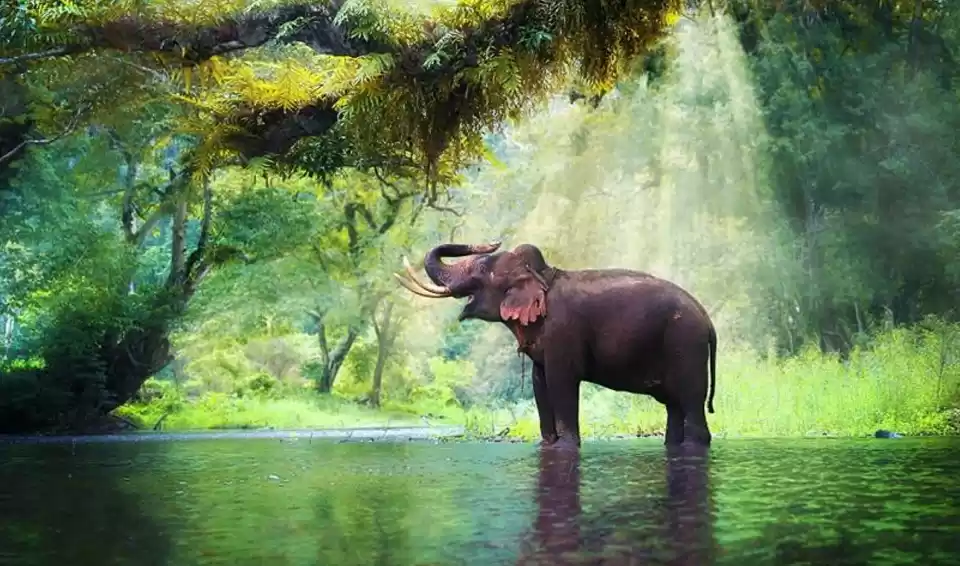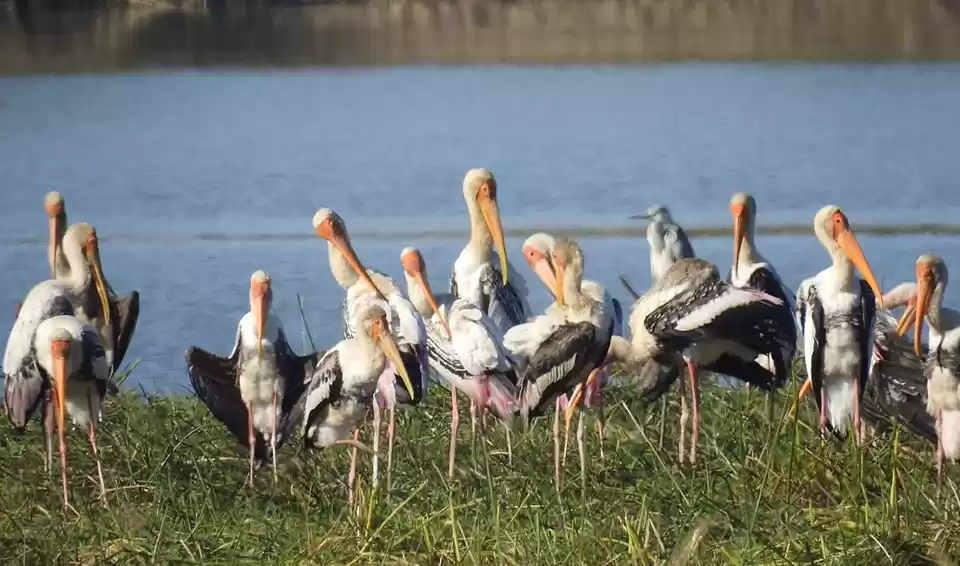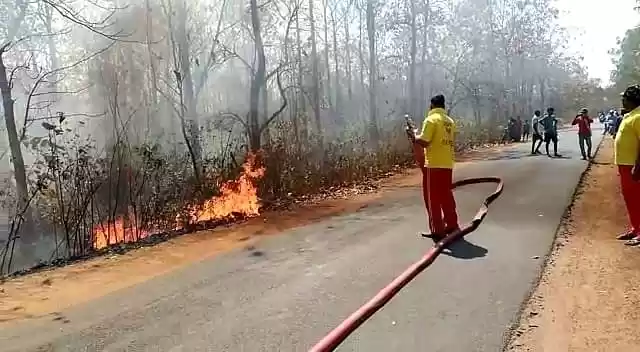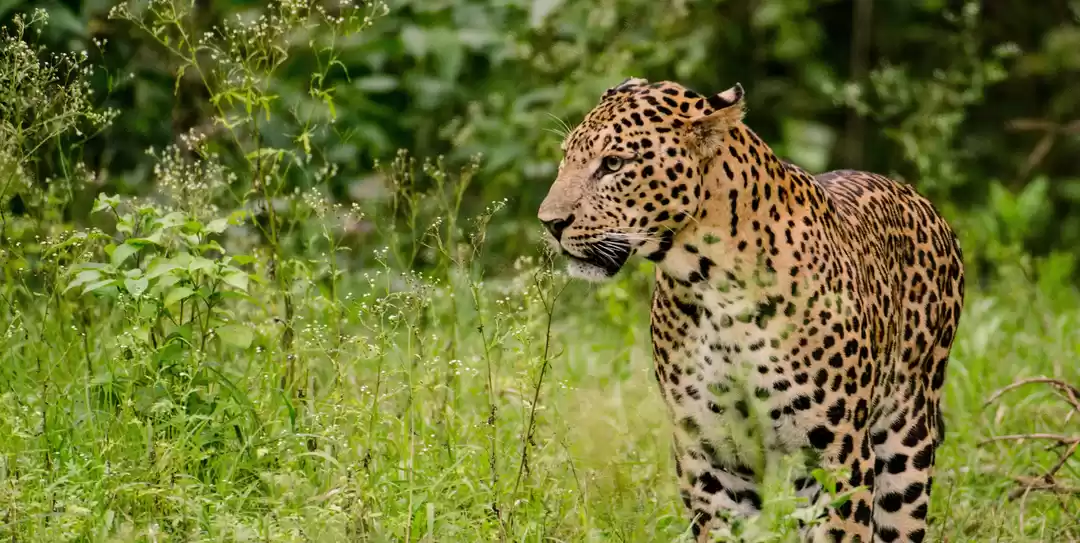







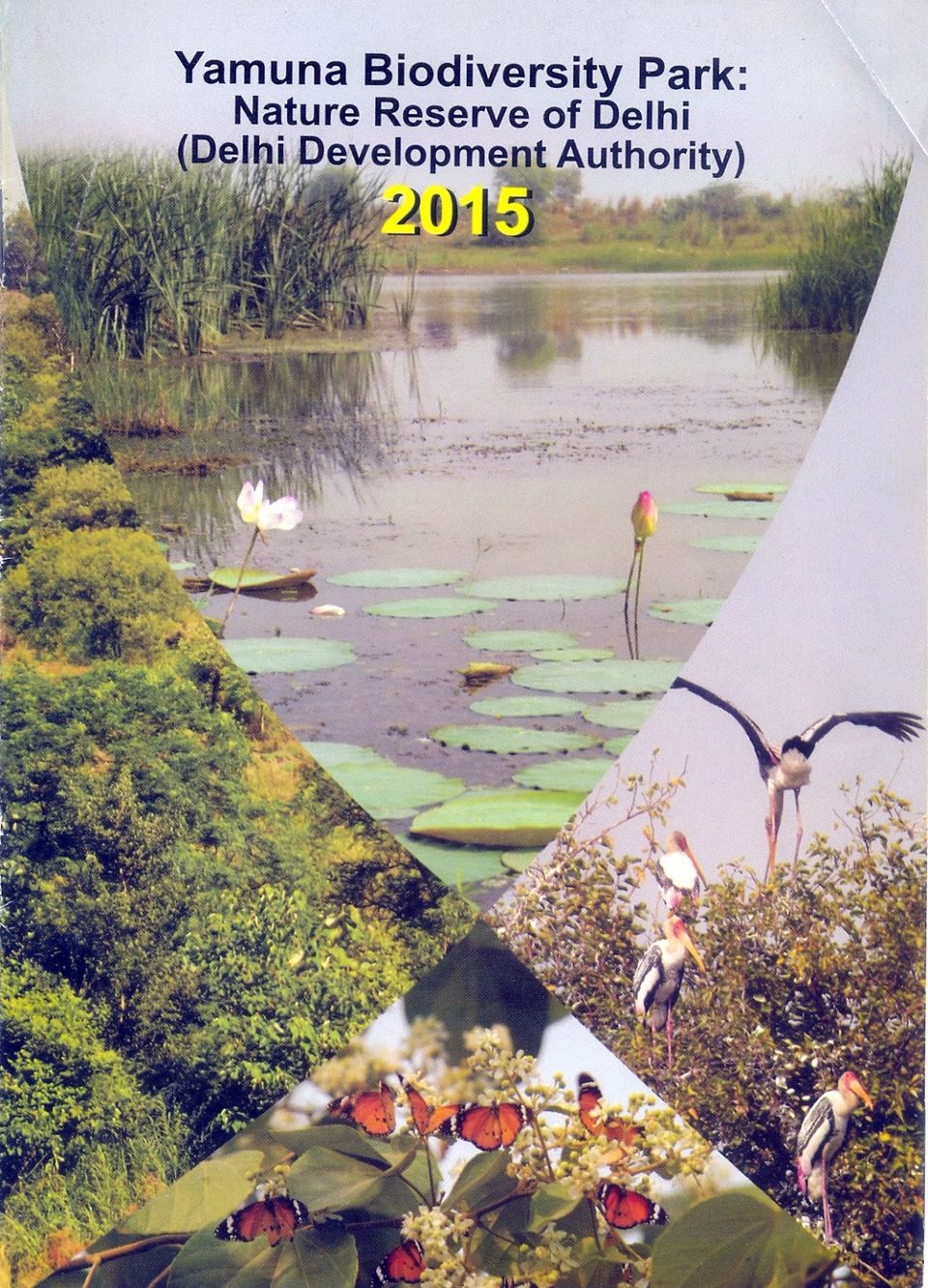

I read the following article in the ‘Pioneer’ some time back and would like to reproduce a part from it - “Rapid industrialization and human encroachments had left the Capital bereft of its natural glory. The development of this wilderness has set an example for not just States within our country but also countries across the globe that are now trying to emulate this nature reserve. Recently we had a delegation of Canadian students to visit the park. Researchers from Britain and France have also come in the recent times to the park,” said CR Babu, environment professor at Delhi University….the Yamuna Biodiversity Park has about 1,000 species of flowering plants which used to exist in the flood plains several decades ago. These species have been thriving in the form of 20-25 plant communities. It also has moist deciduous forests, dry deciduous forests tropical thorn forests, scrub grasslands and the most biologically rich grasslands. “The Yamuna Biodiversity Park is based on the ecosystem model. It is a 10-year-old plantation. The ecosystem is fully developed. All the faunal elements have come on their own…”. Being a nature enthusiast, I was planning to visit the destination since then, but could not precisely locate it on the map. I was working for a few years in the Delhi Development Authority and was aware of the such a project, but the tight schedule kept me from visiting it. However, when I returned to my parent cadre of Delhi Government, I got posted in the Transport Department and further to that got deployed in Burari. I knew that the Park was in the vicinity, but no one seemed to have a clear idea about the place. I once tried by going towards the Wazirabad barrage, but could not locate it. Later, I found out some local contact and was able to visit the destination for the first time November, 2015 and as many birds had not arrived, I took another chance in end December, 2015 but it appears that Delhi and its surroundings have been given a pass over this year by the migratory birds as the day temperatures had remained much higher than normal throughout.
The brochure and website for the destination informs that this project had been conceptualized & designed in association with the academia from the Centre for Environmental Management of Degraded Ecosystems (CEMDE), Delhi University and other prominent institutes & Scientists, the park has been intelligently demarcated on the basis of utility. There is a visitor's zone with an Interpretation Centre & a Domesticated Biodiversity Zone facilitating awareness trips & research. The result is an area of over 400 Acres depicting a rich kaleidoscope of flora & fauna in the middle of a metropolis desperately looking for more green lungs. Having visited the place in person and having a Honors Degree in Botany from Delhi University, from the little knowledge I hold, I would agree that the team has done an appreciable work in restoring the flora & fauna as per the habitat and efforts have been made to source the naturally occurring endemic species and help them proliferate. The emphasis on natural flora has in turn attracted the local avian fauna, as natural food like berries & fruits have become available to them and thus, the effort to nudge in the nature for reclamation of the land has paid rich dividends. The park is now in process of doing a second project nearby and the work in this respect has already started for the second phase, which is located nearby, but with a larger area and huge water reservoir.
At present there are three Birding hot spots that are regularly explored by birders from Delhi and NCR to watch and photograph various species of birds – Okhla Bird Sanctuary (which I have covered in my earlier blog), Yamuna Biodiversity Park and Yamuna Khadar. The Yamuna Biodiversity Park is situated in Burari areas Jagatpur Village, in North Delhi and spread across an area of 457-acres of nature’s reserve, which has been especially created to replicate the lost ecosystems of the Yamuna river and reclaim the area by restoring its natural habitat. Once a barren land, it now houses wetlands and forests, sheltering over 1500 plants, insects, birds, fish and mammal species. Yamuna Khadar is basically a wide partly cultivated and partly barren land on Yamuna bank which can be covered from Jagatpur Bandh Marg which connects Wazirabad Road near Wazirabad crossing on outer Ring road. The road goes almost parallel to Yamuna and few marsh areas can be seen alongside and this is being developed as Phase-II of the Yamuna Biodiversity Park. In years to come, if this ecological experiment continues in the right earnest the naturalists in the coming years will have the delight of watching more exotic migratory birds etc. visiting the spot. The Yamuna Biodiversity Park is a must visit destination for all nature lovers, as it will provide encouragement to do a little for the environment and help it regain its balance.
This post was originally published on 'S Roy Biswas'.






